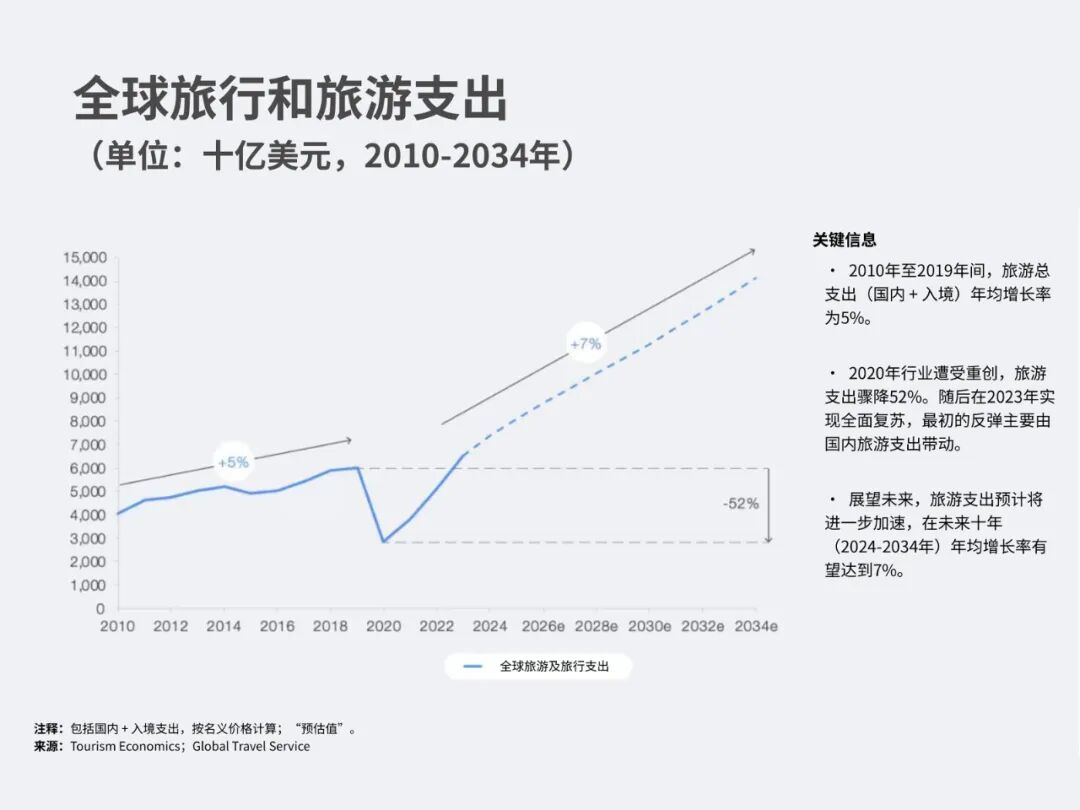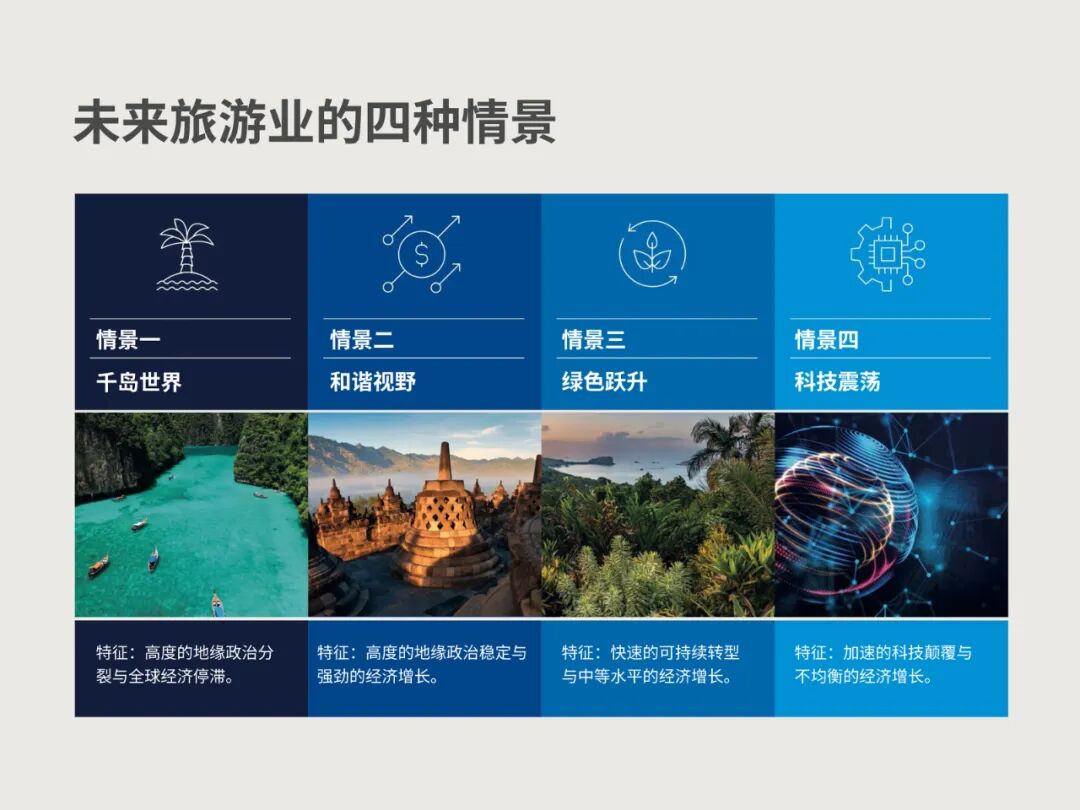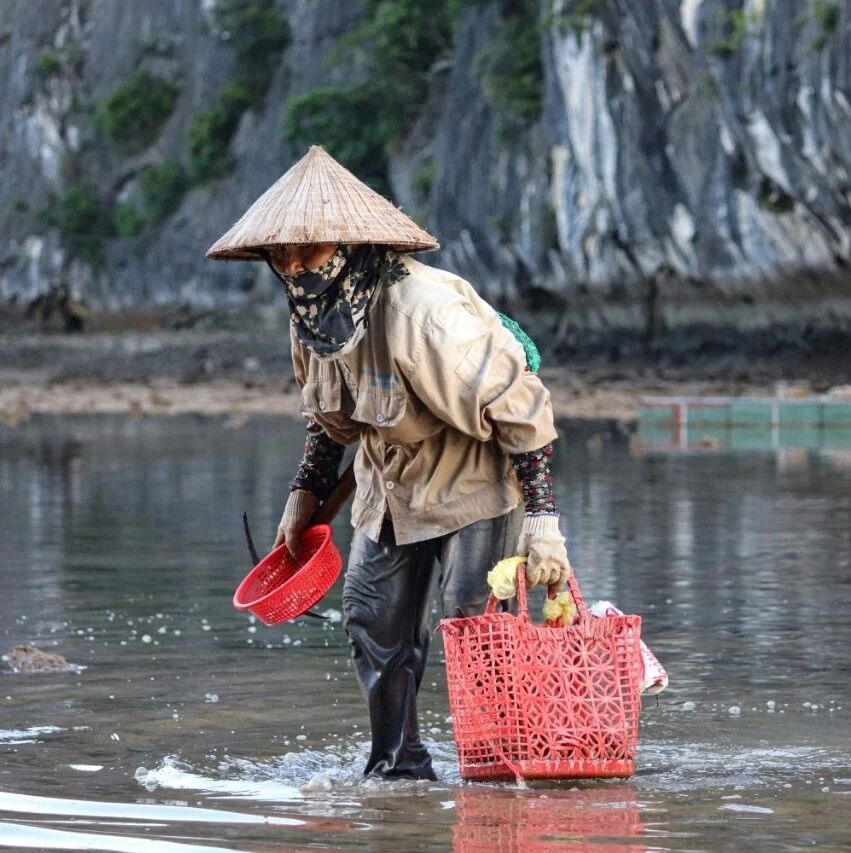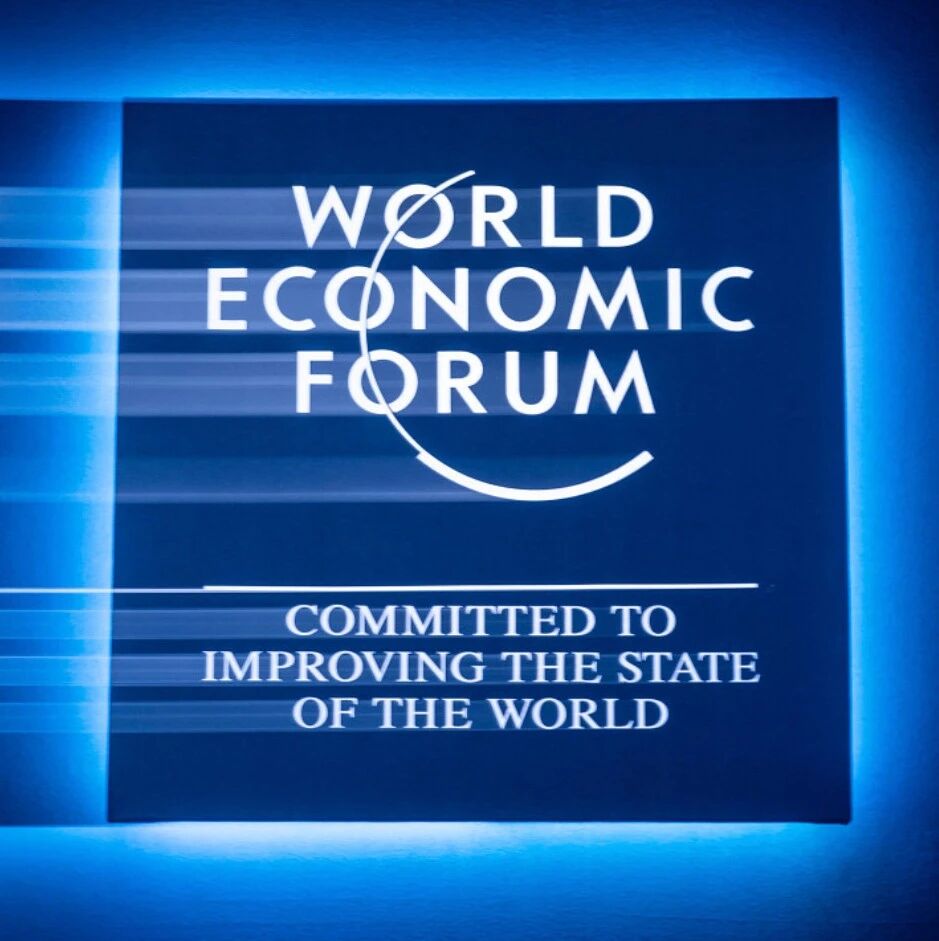

Since the pandemic, growth in the tourism and travel industry has rebounded—but now, it must chart a new course for the future.
Image source: Artem Beliaikin on Unsplash
Mauricio Zuazua
Kellner Partner
Francisco Betti
Member of the World Economic Forum's Executive Committee and Global Industry Team Leader
Since the pandemic, growth in the tourism and travel industry has rebounded—but now, it must chart a new course for the future.
A new white paper released by the World Economic Forum and Kearney outlines four scenarios for the future of tourism.
This white paper explores how geopolitical tensions, economic challenges, sustainability efforts, and digital transformation will shape the tourism industry.
In the late 1950s, Frank Sinatra invited his beloved to sing "Come Fly with Me." The song sparked imaginations of faraway destinations, symbolizing the booming era of global air travel—a phenomenon that would become almost commonplace for the next seven decades—until, at least, before 2020.
During the COVID-19 pandemic, tourism emerged as one of the hardest-hit industries—but it has now fully rebounded and is expected to see a 7% increase in spending over the next decade. In the first quarter of 2025, international tourist arrivals grew by 5% year-on-year, with the Asia-Pacific and African regions leading the way in visitor growth.

Global travel and tourism expenditure (in billions of USD, 2010–2034)
Image source: World Economic Forum
Although tourism has shown signs of recovery, the industry now operates in a vastly different and more turbulent global landscape—shaped by geopolitical tensions, economic challenges, the growing shift toward sustainability in travel, and the rapid pace of digital transformation. A new white paper jointly released by the World Economic Forum and Kearney simulates how these factors could interact under four distinct future scenarios.

Four scenarios for the future of tourism.
Image source: World Economic Forum
Scenario One: Thousand Islands World
This scenario paints a picture of a geopolitically divided world, where global tensions continue to escalate, resulting in a "Thousand-Island World" of fragmentation.
In this scenario, the decline in global trade, protectionist travel restrictions, stalled economic growth, and falling disposable incomes will all curb tourism spending. Low-income tourism destinations will feel the impact most severely.
Reducing global air travel will help lower aviation emissions. However, as more countries promote regional travel and adopt coordinated, streamlined entry requirements, emissions from regional travel—including by road and rail—will likely increase.
With the decline in international travel, employment opportunities in sectors like aviation and cross-border services are expected to fall, while automation levels will likely rise. Meanwhile, regional tourism may see the emergence of new job opportunities.
Scenario Two: HarmonyViewWild
Quite the opposite of the "Thousand Islands World," this scenario is characterized by robust multilateral cooperation, trade liberalization, and sustained GDP growth.
Visa liberalization and rising disposable incomes are expected to drive international tourist arrivals to grow by nearly one-third (29%) by 2030. Notably, this growth holds significant potential for equitable distribution, with nearly two-thirds (58%) of the increase coming from economies in the Global South—particularly led by India, Indonesia, and Nigeria.
Although the labor shortage is likely to persist, tourism hiring is expected to rise by nearly one-third (a 29% increase compared to 2022).
However, the surge in tourism will lead to a rise in aviation emissions, as the adoption rate of sustainable aviation fuel (SAF) remains too low to meet the growing demand for fuel.
Meanwhile, the risks of overtourism will increase, necessitating measures such as dynamic pricing to prevent environmental degradation.
Scenario Three: Green Leap Forward
For Scenario Three, the World Economic Forum envisions a world driven by decarbonization, stringent environmental regulations, and environmentally conscious travelers who increasingly favor low-impact destinations and modes of travel.
Significant investment in low-carbon technologies and the use of sustainable aviation fuels will help make this model successful; meanwhile, a "high-quality, low-volume" travel experience will mitigate overtourism at popular destinations.
Meanwhile, more than two-thirds (68%) of tourists choose to engage in regenerative tourism at destinations that have earned eco-certifications. This growing preference is driving a shift toward low-emission transportation options, such as high-speed trains.
This scenario signals significant economic benefits, such as job opportunities created by green tourism. However, it also highlights a new trade-off between sustainability and growth—for instance, the potential loss of tropical rainforests due to the production of sustainable aviation fuel.
Scenario Four: Tech Turmoil
The final scenario involves the simultaneous adoption of ultra-high-speed technologies and a fragmented economic recovery, resulting in an uneven pattern of growth.
By 2030, the tourism and travel industry is expected to adopt generative AI at a rate of 78%, while advanced mobile networks will cover most urban areas—though a significant digital divide between regions will persist.
Hybrid work models leveraging augmented reality and virtual reality (AR/VR), as well as virtual tourism, are expected to grow. While this trend will help reduce travel-related emissions, it will also lead to increased energy consumption on the underlying technology platforms.
Additionally, the tourism industry will see a polarization, with high-end luxury travelers and mid-range tourists emerging as the primary spending groups—while dynamic pricing increasingly threatens their affordability.
Rapid adoption of technology will also enable 45% of jobs in the travel and tourism sector—primarily those involving routine tasks—to either transform or become automated. However, by 2030, automation could create more than 2 million new job openings. As a result, reskilling in AI and augmented/virtual reality (AR/VR) technologies will become a top priority across the industry.

Excerpted from: "The 2025 Tech-Driven Transformation of Gaming: A Report on Future Trends in the Tourism Industry"
Image source: World Travel & Tourism Council
Developing tailored strategies for the travel and tourism industry
These four scenarios all require tailored strategies to mitigate associated risks, including overtourism, labor shortages, and environmental degradation.
To address these four scenarios and shape a future that benefits everyone, tourism leaders must prioritize improving governance, enhancing workforce skills, and fostering innovative financing to meet growing investment needs. Public-private partnerships will be critical in mobilizing capital, promoting sustainable practices, and driving digital transformation—key steps that will not only strengthen the resilience of the tourism sector but also position it as a catalyst for equitable prosperity.

The above content solely represents the author's personal views.This article is translated from the World Economic Forum's Agenda blog; the Chinese version is for reference purposes only.Feel free to share this in your WeChat Moments; please leave a comment at the end of the post or on our official account if you’d like to republish.
Editor: Wang Can
The World Economic Forum is an independent and neutral platform dedicated to bringing together diverse perspectives to discuss critical global, regional, and industry-specific issues.
Follow us on Weibo, WeChat Video Accounts, Douyin, and Xiaohongshu!
"World Economic Forum"


